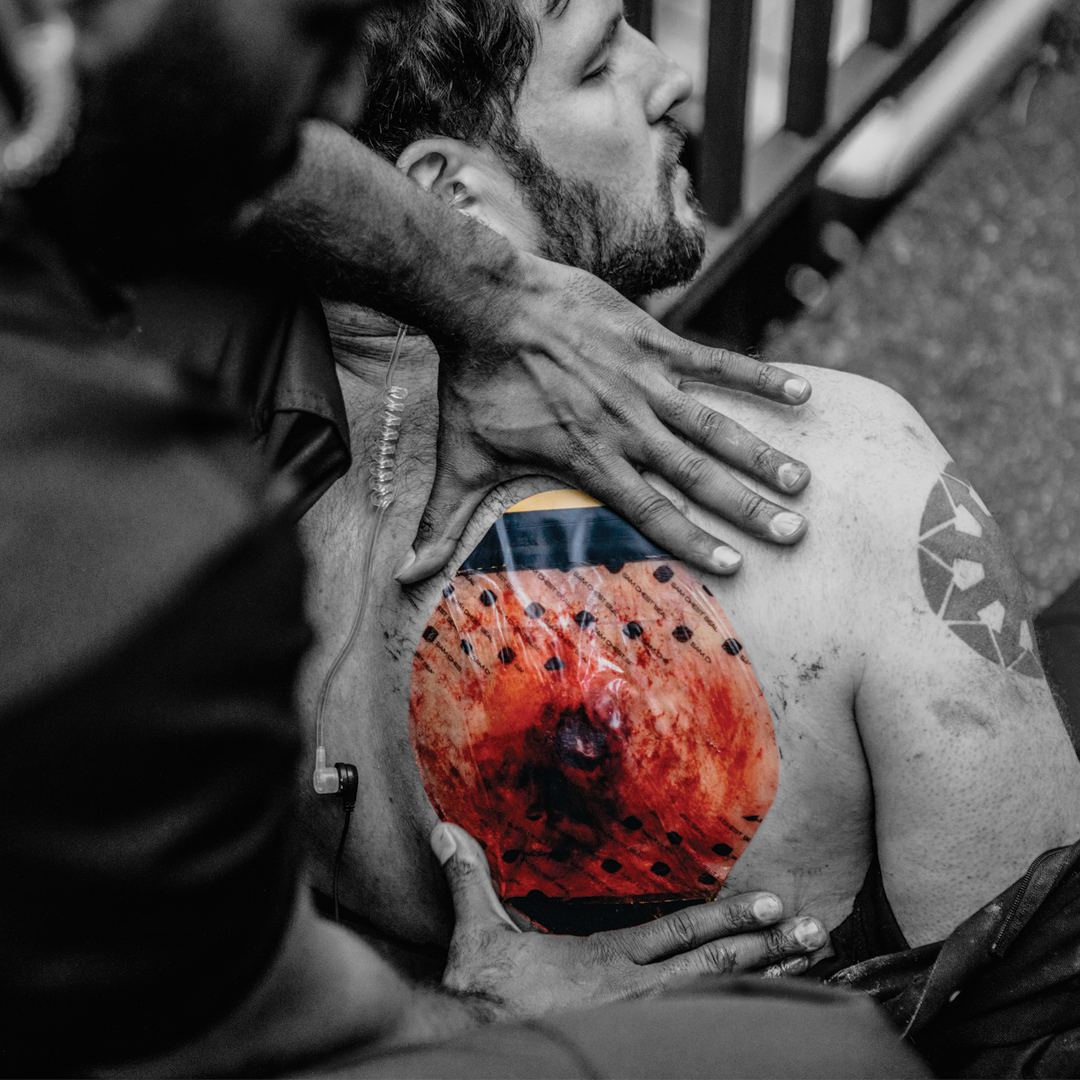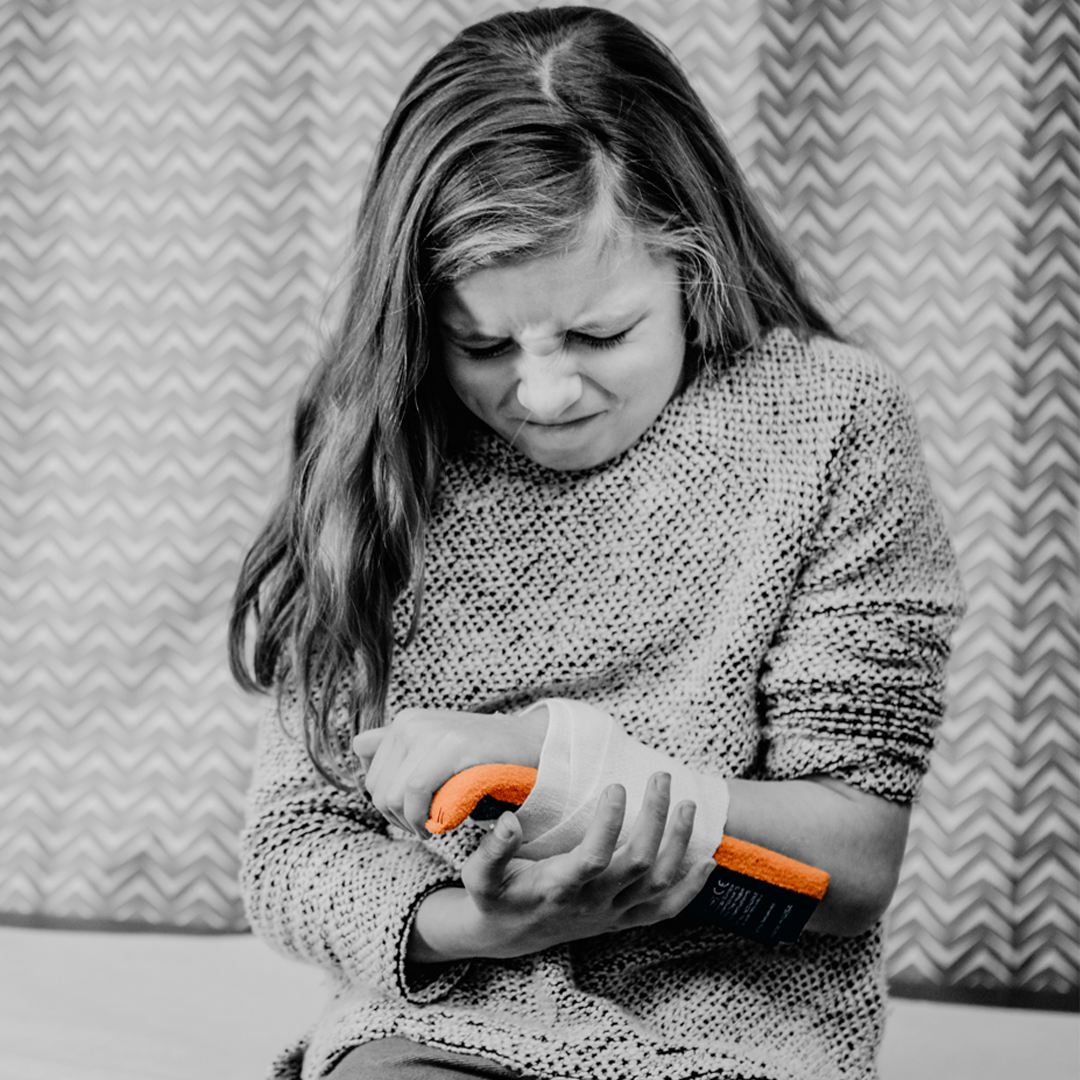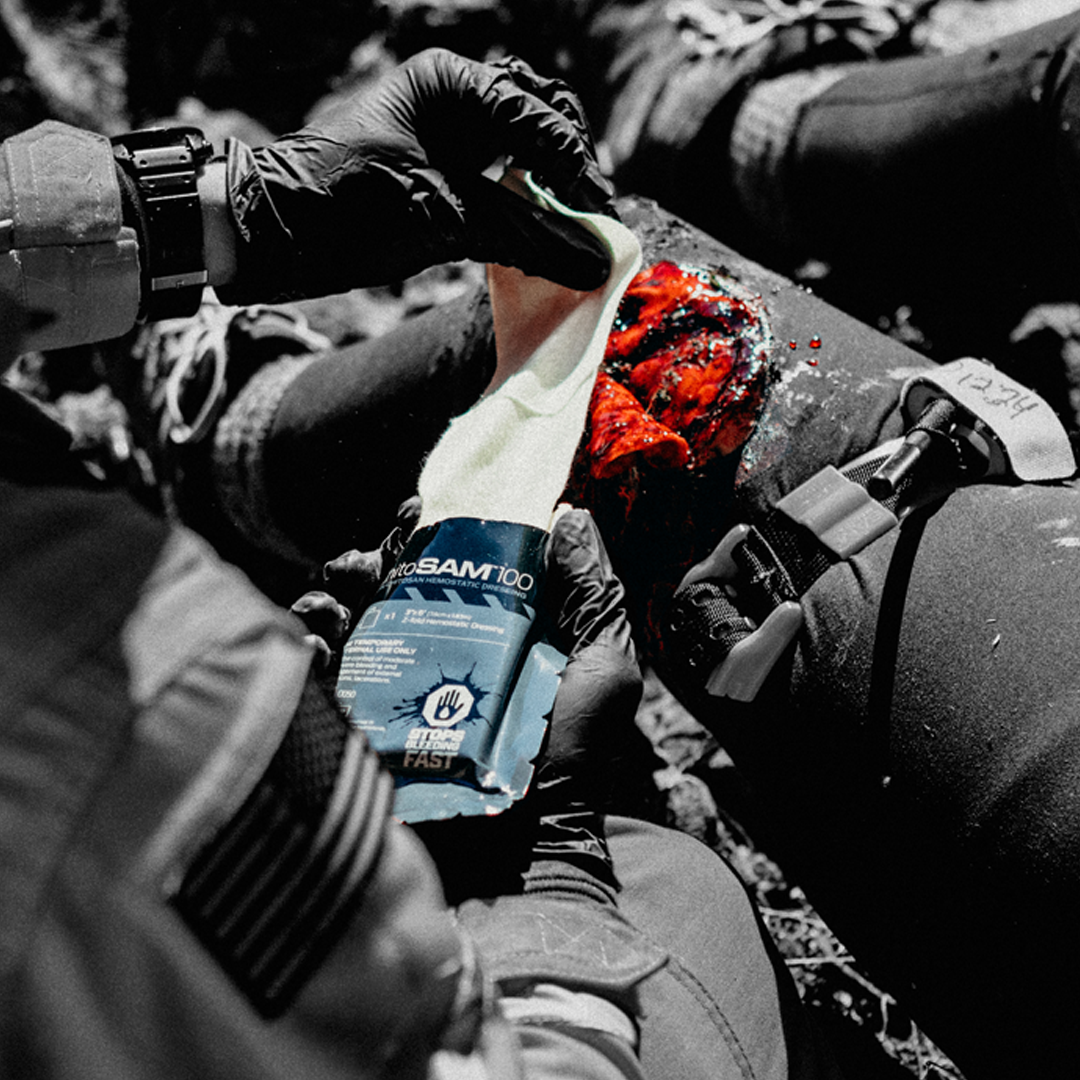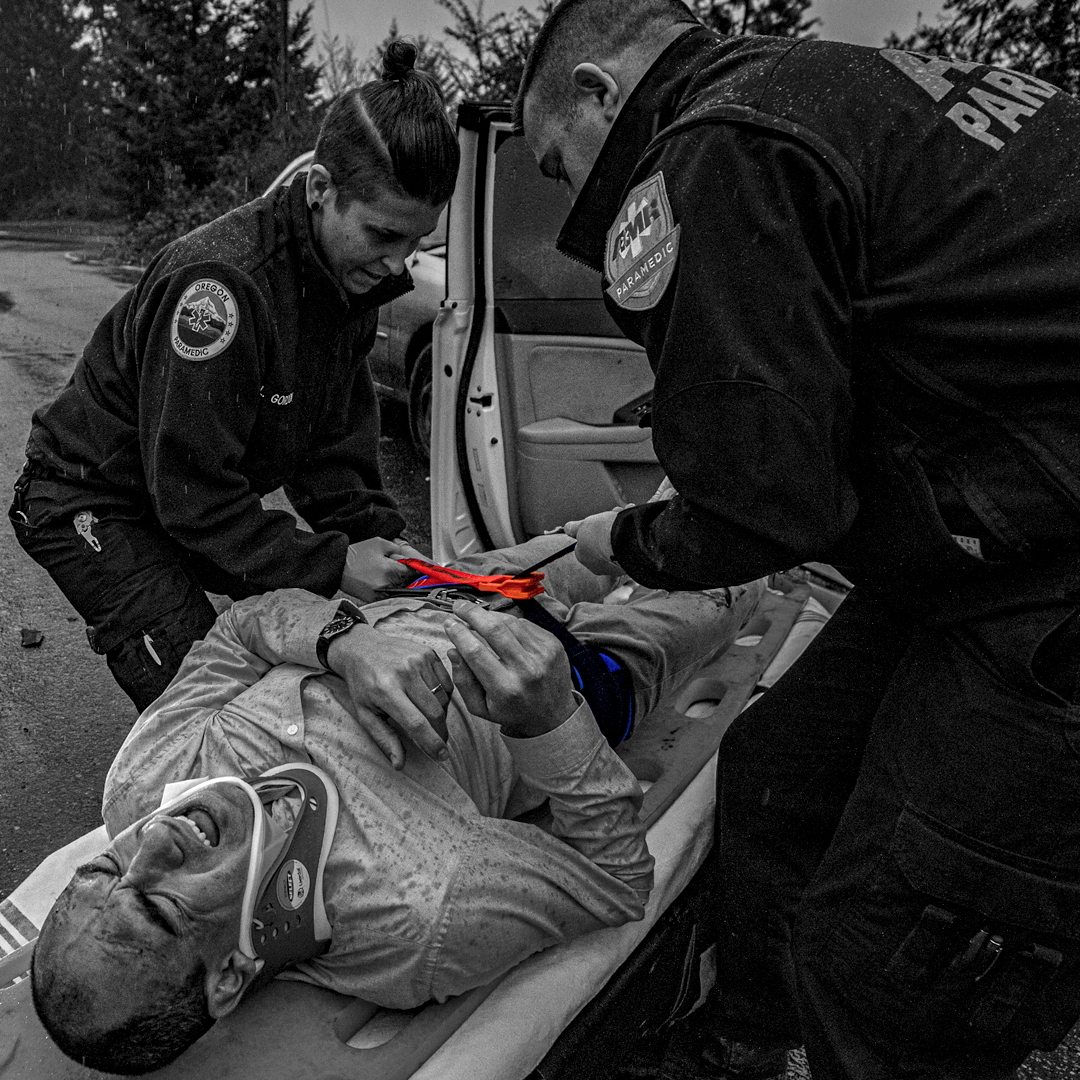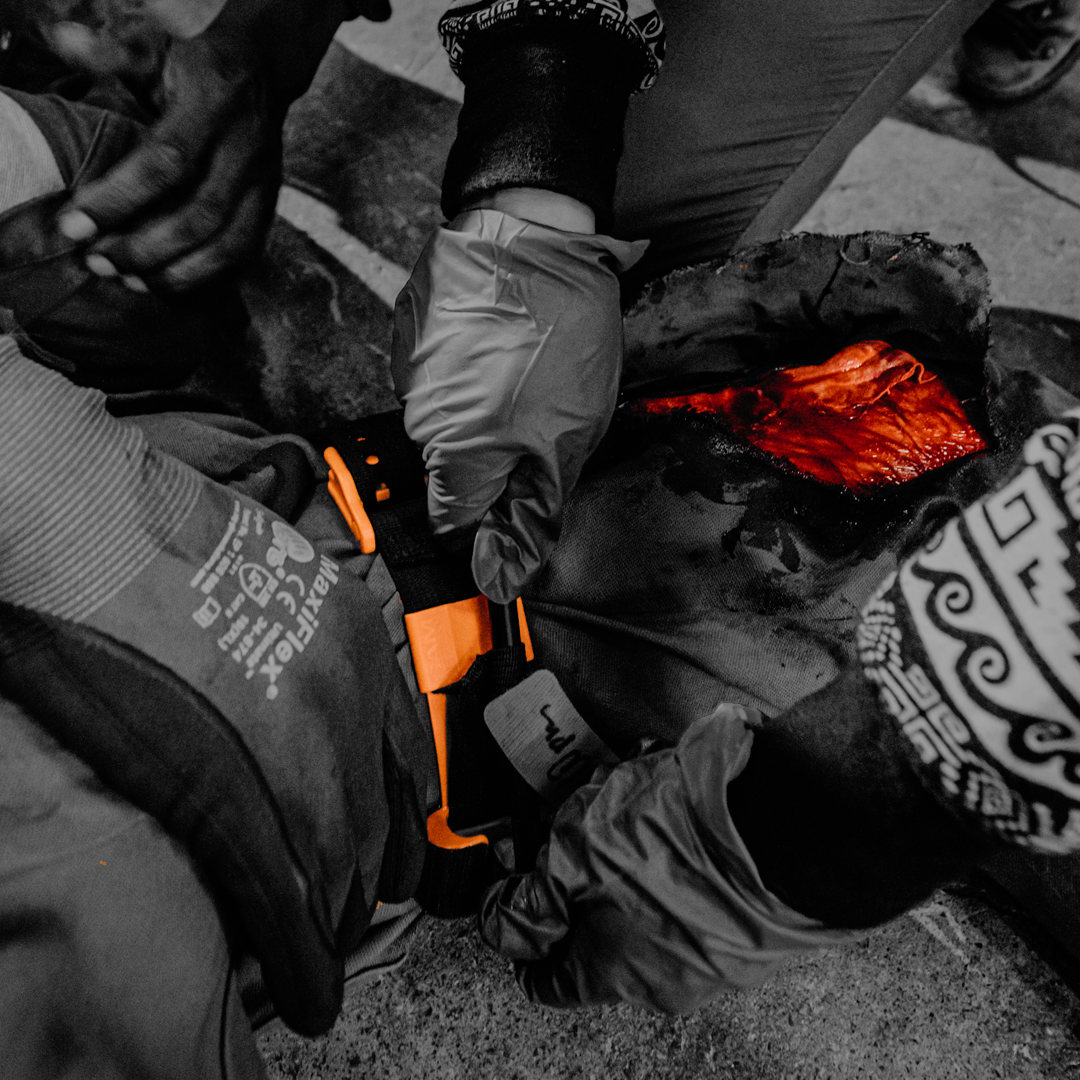Life-Threatening Blood Loss: Are You Prepared?
Accidents with life-threatening injuries happen all the time. The stories are endless—we all have one. That’s why knowing basic first aid skills can be so essential to survival, especially when you are into outdoor recreation or sports. Additionally, they can also be incredibly important to know in the workplace, including industrial, agricultural, and manufacturing industries, and at home when using things like power equipment, tools, and mowers. Are you prepared for a life-threatening injury or accident that causes blood loss? It's critical to know basic tourniquet application guidelines in case you find yourself in a situation where that knowledge can save a life, including your own.
How to Use a Tourniquet - Understanding Tourniquet Purposes
Hemorrhage is the second leading cause of death for patients injured in the prehospital environment.
- 57 percent of hemorrhage-related deaths involve injuries that are amenable to tourniquet application.
- A person can bleed to death in 2-4 minutes from an extremity wound.
- A SAM XT tourniquet can be properly applied in seconds.
Let’s Talk about Blood
It seems natural, almost instinctual, to want to stop bleeding. From a tiny piece of tissue on a facial razor cut to a tourniquet on an extremity to stop an arterial bleed, when we see bleeding, we understand it must be stopped.
We want NO blood loss—none. Not a single drop.
The average adult weighing 150-180 pounds should have about 1.2-1.5 gallons of blood in their body. This is about 4,500-5,700 milliliters, or 4.5-5.7 liters.
The main function of the blood is the transport of substances from place to place in the body. Functions of the blood include:
- The transport of oxygen from the lungs to all of the body’s tissues, while picking up carbon dioxide from those tissues and carrying it to the lungs to be removed from the body. In the absence of adequate blood flow, the oxygen starved cells of the body begin to die very quickly. Brain damage begins to occur after five to ten minutes without blood flow/oxygen.
- It carries metabolic wastes to the kidneys for removal.
- It picks up nutrients from the digestive tract and delivers them to the body’s tissues.
- It carries hormones to their target organs.
- White blood cells aid in destroying microorganisms and cancer cells.
- It initiates clotting and other factors for minimizing blood loss.
- It stabilizes fluid distribution in the body.
- It helps in the regulation of body temperature.
All of these functions are critical for survival making it easy to understand why an excessive loss of blood can quickly become fatal.
The body has a built-in mechanism for minimizing loss of blood.
The first line of protection against blood loss is called vascular spasm. This involves the rapid constriction of broken blood vessels, especially in the arteries.
Next, a platelet plug forms at the site of the injury. Platelets attach to the constricted blood vessel and then contract, further drawing the walls of the vessel together.
Finally, coagulation (clotting) involves a sticky protein called fibrin that adheres to the walls of the blood vessel. As more blood cells and platelets arrive, they stick to the fibrin resulting in a mass of fibrin, blood cells, and platelets. This will help seal the break in the blood vessel.
When it comes to arterial bleeding, this system alone is insufficient, and emergency medical attention is required.
What Is Arterial Bleeding and Shock?
Arterial bleeding can be identified by its bright red color, its tendency to spurt as the heart pumps blood through the body, including to the wound, and the fact that it is extremely difficult to control.
Hemorrhagic shock begins when approximately 20 percent of the blood is lost. Signs include:
- Anxiety
- Confusion
- Excessive sweating
- Increase in heart rate
- More rapid breathing
- Drop in blood pressure
- Dizziness
- Shallow breathing
- Blue lips and fingernails
With blood loss of 30-40 percent, your blood pressure will drop even further, and your heart rate will further increase. Your breathing will be more rapid and shallow.
Blood loss reaching around 50 percent can result in death. As already mentioned, this can happen within 2-4 minutes, and in some cases even less.
The Use of a Tourniquet to Control Bleeding
Injuries resulting in life-threatening blood loss can happen anywhere, to anyone, at any time.
Some examples to consider include:
- Work-related/industrial accidents
- Injuries related to military duty and law enforcement
- Sports-related injuries
- Auto accidents
- Farming accidents
- Accidents in the home
- Firearm-related accidents
Children can be especially vulnerable due to a still developing coordination and natural curiosity.
Are you prepared to save the life of yourself, a family member, a friend, or even a stranger who needs emergency medical assistance?
Every person should have access to a well-supplied first aid kit that includes a SAM XT tourniquet, as well as some level of first aid training.
When Should a Tourniquet Be Used?
The tourniquet has certainly had its share of controversy throughout history. Before the more recent studies confirming their benefits, many were skeptical, and opinions differed regarding their use. There was uncertainty regarding when to use a tourniquet, exactly how to use a tourniquet, and other specifics regarding when to use a tourniquet.
The use of tourniquets was studied closely throughout the wars in Iraq and Afghanistan. This led to the Joint Combat Casualty Research Team confirming not only the utility of tourniquets, but the survival benefit of their use. This data was quickly translated into the development and distribution of commercially available tourniquets in 2005 and 2006.
The modern-day commercial tourniquet is lightweight, inexpensive, portable, easy to apply, and optimized for safety.
Types of Emergency Tourniquets
As people watch TV and movies, we get some idea of what a tourniquet is and how it can be used. Tourniquets we see on TV are often torn T-shirts tied around a wound. While this might work, there are three things that make a good tourniquet:
- Some type of material to be used as a band around the arm, leg or other injured body part that is 1 and a ½ inchese or wider.
- A windlass, or a rigid object, that will be used to twist the material to tighten it.
- A securing mechanism to keep the tightened material from unwinding.
The best type of emergency tourniquet is a commercial tourniquet that already contains these three elements, like the SAM XT.
Be Prepared With an Emergency Tourniquet
Everyone should learn basic first aid, including knowledge of hemorrhage control, and own at least one well-equipped first aid pack that includes a SAM XT tourniquet. This is especially true for adventurers, hikers, outdoor enthusiasts, or anyone engaging in potentially hazardous activities. Be sure to keep it with you at all times. These supplies and equipment are very cost effective, easy to use, and could save the life of a loved on or yourself.
SAM Medical stands at the cutting edge of hemorrhage control products and technology. Learn more about our products for hemorrhage control, fracture management and respiratory management.




